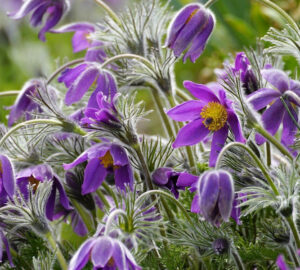Autumn is a magical time to explore the great outdoors, with the vibrant colors of changing leaves and the crisp air invigorating every hike. But as you wander through meadows and forests, you might come across tempting berries that seem like wild versions of familiar garden fruits. However, not all that glitters is gold – many of these berries can be harmful, or even deadly, if consumed.
Proceed with Caution: The Hidden Dangers of Wild Berries
While it’s tempting to taste the fruits of nature’s bounty, mistaking a toxic wild berry for an edible one can lead to serious health risks. It’s essential to recognize the differences between safe and harmful berries, as some are merely inedible, while others can be downright poisonous. Below is a list of 10 common wild berry-producing plants that you might encounter this fall, ranked from the least toxic to the most dangerous ones.
10. Black Nightshade (Solanum nigrum)
Black nightshade is found across many parts of the world, including Europe, Asia, and North America. It typically grows in disturbed soils, such as gardens, roadsides, and open fields. While its ripe berries are sometimes used in traditional medicines, the plant is not recommended for human consumption because of its potentially toxic components. However, some bird species can safely eat the berries, aiding in the plant’s seed dispersal.

9. Honeysuckle (Lonicera spp.)
Honeysuckle species are widespread in temperate regions, particularly in North America, Europe, and Asia. They are commonly found in woodlands, hedgerows, and sometimes in gardens as ornamental plants. The bright red or orange berries are mildly toxic to humans, causing gastrointestinal distress if ingested, but many birds, such as thrushes and warblers, consume them without harm.
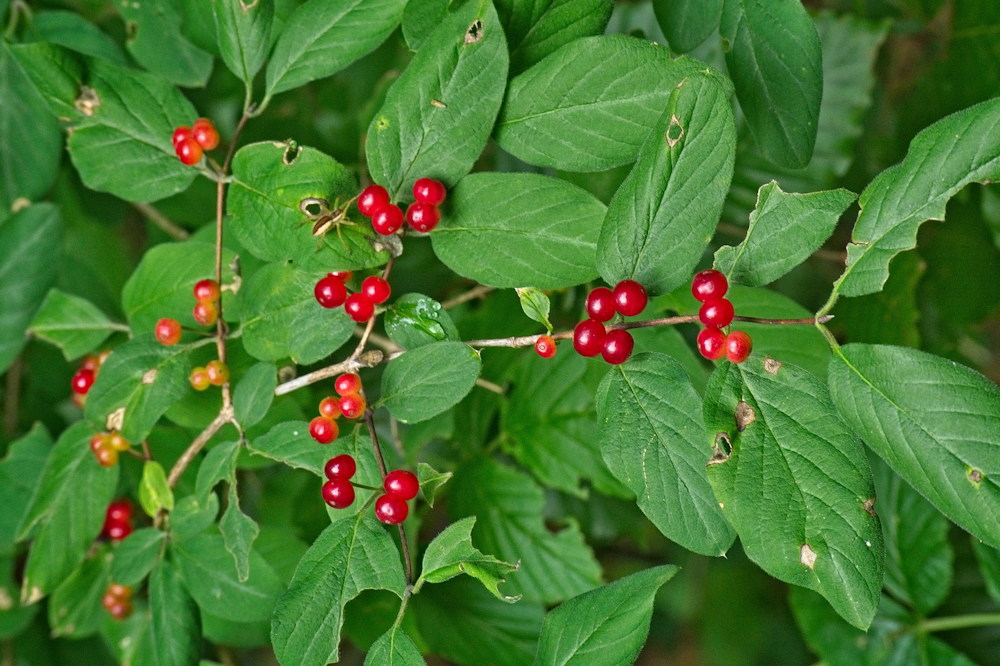
8. Privet (Ligustrum spp.)
Privet, commonly used in hedges, produces black or dark purple berries in the fall. Widely found in Europe, Asia, and the Americas, privet berries are toxic and can cause nausea, vomiting, and abdominal pain.

7. Holly (Ilex spp.)
Holly plants are native to regions of Europe, North America, and Asia. They are most often found in woodlands and forest edges, thriving in shaded or partially shaded areas. The glossy red berries of holly are not edible for humans and can cause vomiting and diarrhea. However, they are a valuable winter food source for birds like blackbirds, thrushes, and robins.
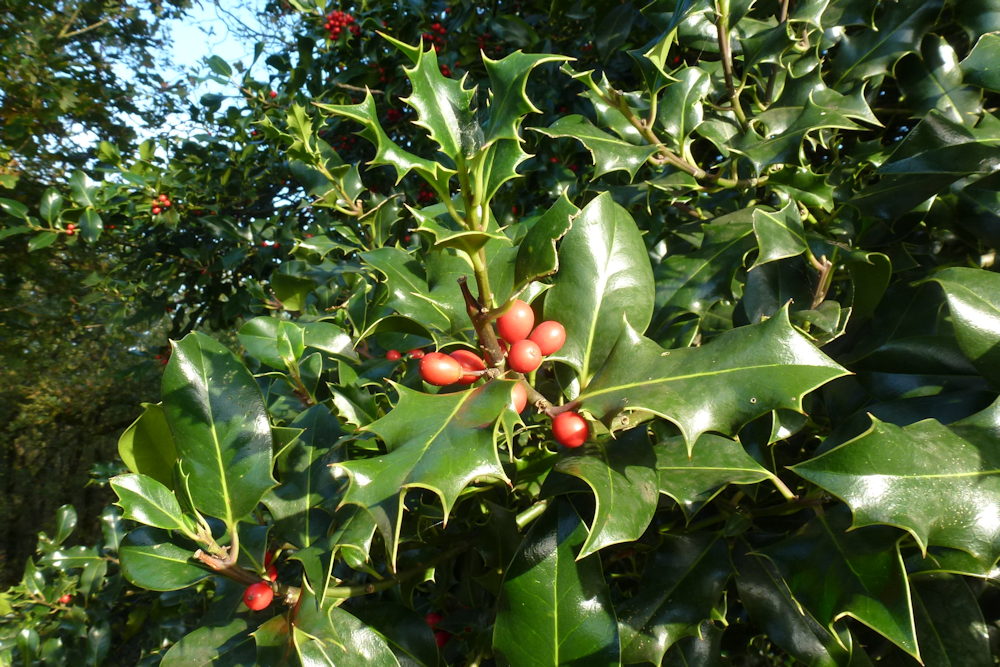
6. Pokeweed (Phytolacca americana)
Pokeweed is commonly found in the eastern United States, parts of Canada, and some regions of Europe. It tends to grow in open fields, along roadsides, and in disturbed areas. The plant’s dark purple berries are highly toxic to humans and animals, but birds, such as mourning doves and cardinals, often eat them and help spread the seeds.

5. Elderberry (Sambucus spp.)
Elderberry plants are found throughout Europe, North America, and parts of Asia. They typically grow in woodlands, hedgerows, and along streams. While raw and unripe berries can be dangerous to humans due to cyanogenic glycosides, birds like blackcaps and finches consume them safely, benefiting from the high nutritional content. Once fully ripe and properly cooked, the berries can be used to make syrups, jams, and wines, which are popular for their rich flavor and potential health benefits.
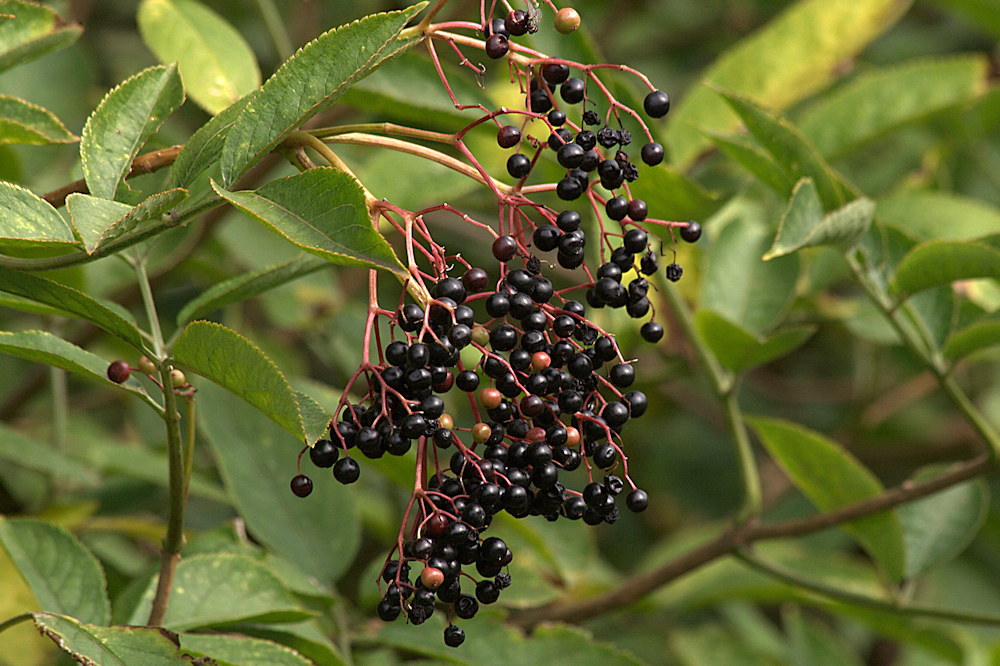
4. Daphne (Daphne spp.)
Daphne species are native to Europe, North Africa, and Asia. They are often found in woodland areas and gardens as ornamental shrubs. The plant produces clusters of small, bright berries that are highly toxic to humans, but some birds can eat them without harm, contributing to the plant’s seed dispersal.

3. Bittersweet Nightshade (Solanum dulcamara)
Bittersweet nightshade is a perennial vine native to Europe and Asia, but it has spread widely to North America. This plant typically grows in moist, shaded environments like wetlands, woodland edges, and along riverbanks. In the fall, it produces small, shiny red to purple berries that are highly toxic to humans and pets. These berries contain solanine and other toxic alkaloids, which can cause symptoms such as nausea, vomiting, diarrhea, and, in severe cases, respiratory or neurological issues. Despite its toxicity to humans, the berries are often consumed by birds, which helps in the plant’s seed dispersal.
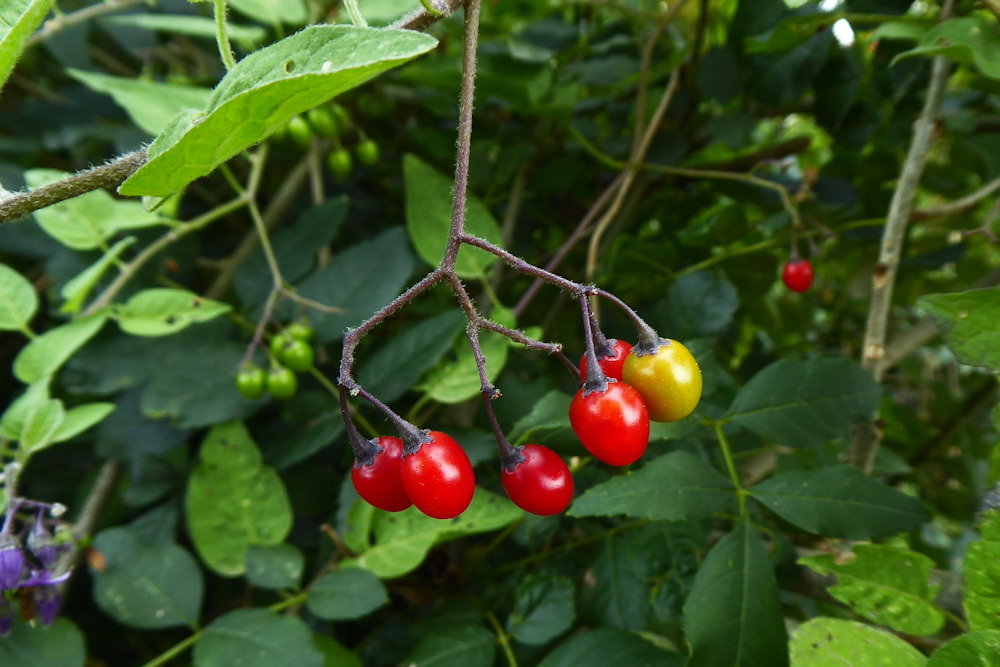
2. Baneberry (Actaea spp.)
Red baneberry (Actaea rubra) and white baneberry (Actaea pachypoda) are highly toxic plants native to North America and Europe. These plants typically grow in shady, moist environments such as woodlands. Their bright red or white berries contain potent toxins that can cause severe gastrointestinal distress, including nausea and vomiting, and may lead to life-threatening heart issues if ingested. Their attractive appearance can be deceptive, making them particularly dangerous in the wild.
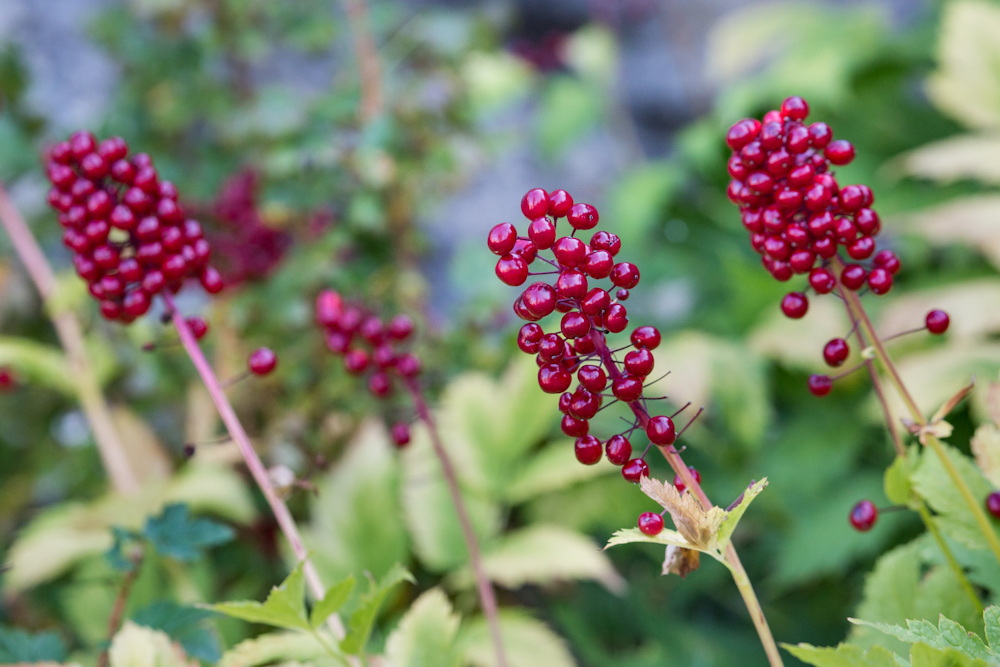
1. Deadly Nightshade (Atropa belladonna)
Deadly nightshade is native to Europe, North Africa, and Western Asia, and it often grows in woodlands, clearings, and along shaded trails. This perennial plant, known for its bell-shaped purple flowers, produces glossy black berries that are extremely poisonous to humans, containing potent alkaloids like atropine and scopolamine. These substances can cause a wide range of symptoms, including blurred vision, hallucinations, and even death if ingested. Interestingly, some bird species can consume these berries without suffering the toxic effects, aiding in the plant’s propagation.

What to Do If You’ve Eaten Wild Berries and Have Doubts
If you’ve tasted some berries in the wild and then started to have doubts about their safety, it’s crucial to act quickly. First, try to identify the plant if possible – take a photo or note its characteristics. Avoid eating or drinking anything else, as it could interfere with symptoms or treatment. Contact poison control or seek medical help immediately, providing as much information as possible about the berries and the plant. It’s better to be safe and get checked out by professionals, even if you’re unsure about the severity of the situation.
Closing Remarks
When enjoying the beauty of autumn, it’s crucial to be aware of the hidden dangers that nature can present. Although the berries on this list may look tempting, they should be strictly avoided. Remember, when in doubt, it’s better to leave wild berries untouched and untested. Your safety is far more important than a fleeting taste of the wild.









